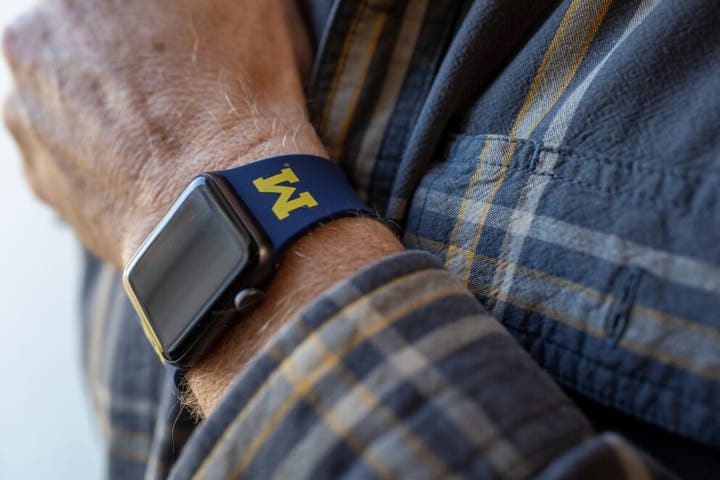
URGENT UPDATE: A federal jury in California has ordered Apple Inc. to pay $634 million to Masimo Corporation, following a ruling that the tech giant infringed on a patent related to blood-oxygen sensor technology. This landmark decision was reached on Friday, signaling a significant victory for Masimo in its efforts to protect its innovations.
The jury found Apple guilty of violating Masimo’s patent, which is critical for blood-oxygen monitoring. In a statement, Masimo declared this ruling a “significant win” as they strive to safeguard their intellectual property. This verdict underscores the ongoing legal tensions between these two companies.
The protracted legal battle began in 2023, when Apple faced scrutiny over the blood-oxygen feature in its Apple Watch Series 9 and Ultra 2. To avert a potential sales ban, Apple removed this feature from the U.S. versions of these devices in January 2024. This strategic move followed a ruling from the International Trade Commission (ITC), which determined that Apple’s blood-oxygen sensors infringed on Masimo’s patents.
Despite these efforts, Apple reintroduced the blood-oxygen monitoring capability to its devices in August 2024, after receiving clearance from U.S. Customs and Border Protection. However, this decision reignited legal challenges from Masimo, rooted in the patent infringement case that had previously led to the removal of the feature.
This ruling is expected to have far-reaching implications for Apple, a company known for its innovative technology and market dominance. The verdict could influence how Apple approaches its product features, particularly those that intersect with medical technology patents.
As of now, Apple’s stock has shown resilience, climbing 11.71% year-to-date, while Masimo’s stock has seen a decline of 10.35% during the same timeframe, according to Benzinga Pro. Investors and market analysts will be closely monitoring how this ruling affects both companies moving forward.
With this verdict, Apple faces significant financial repercussions that could impact its broader strategy in the medical technology space. The next steps for both companies remain to be seen as they navigate this complex legal landscape.
Stay tuned for updates on this developing story as more information becomes available.






